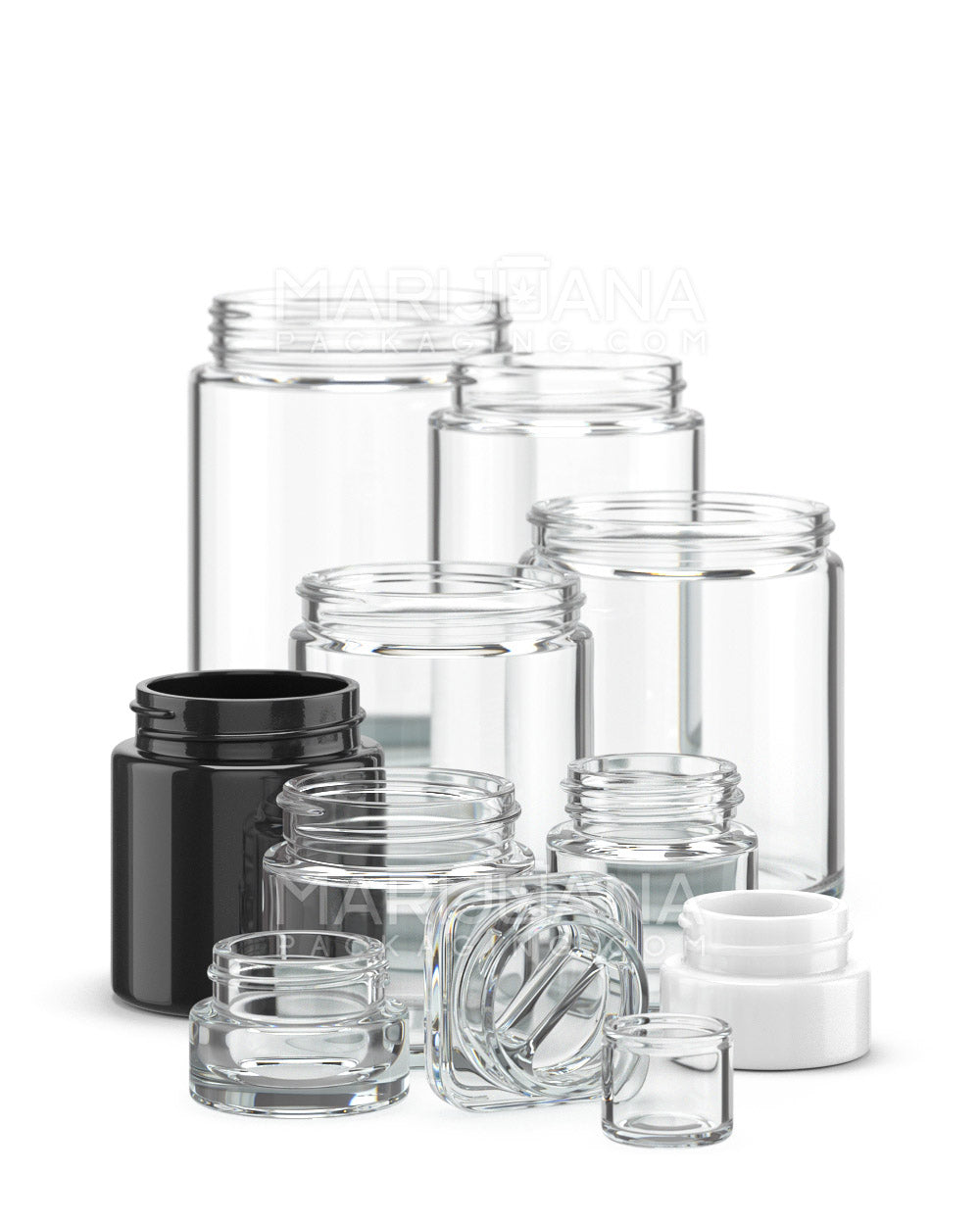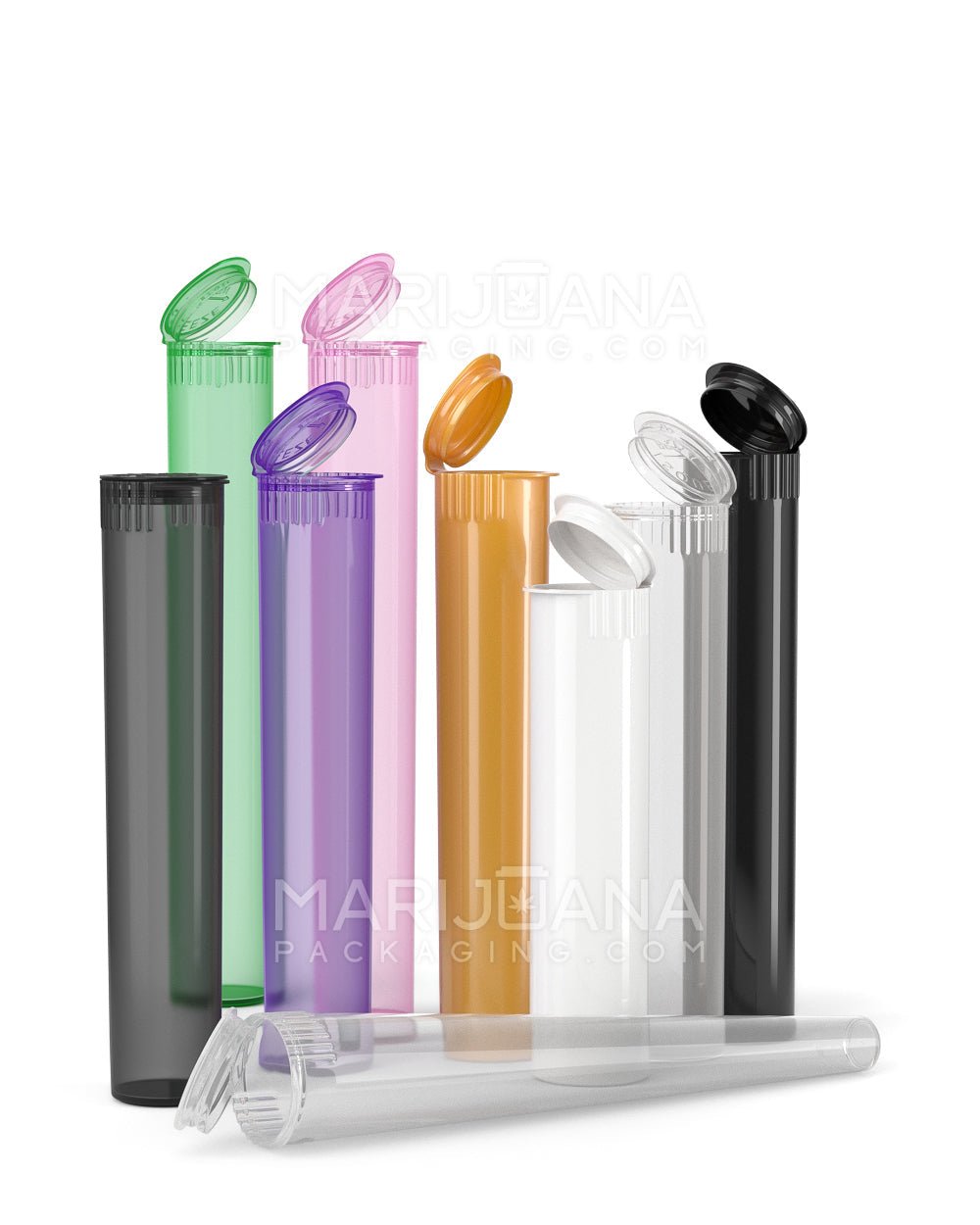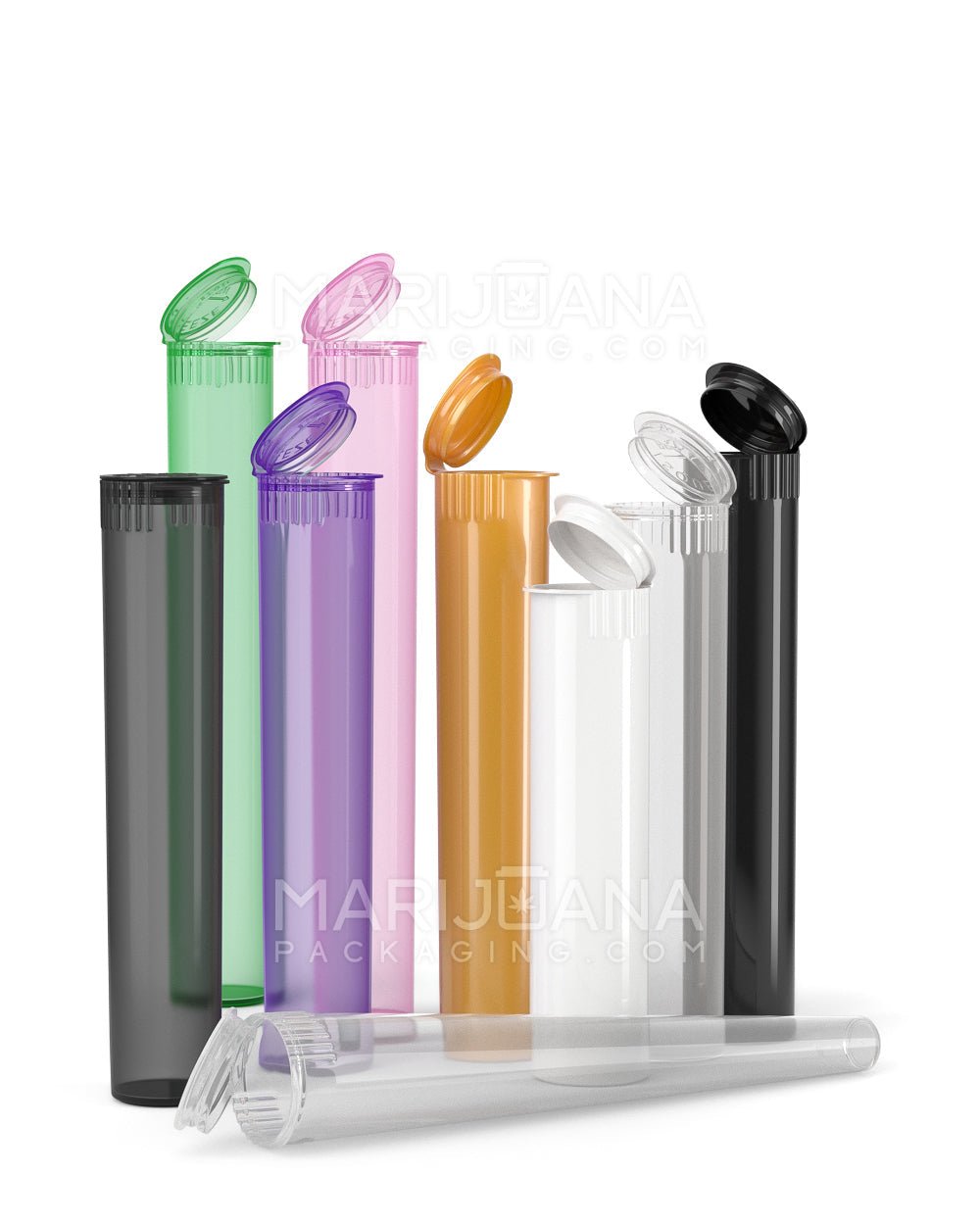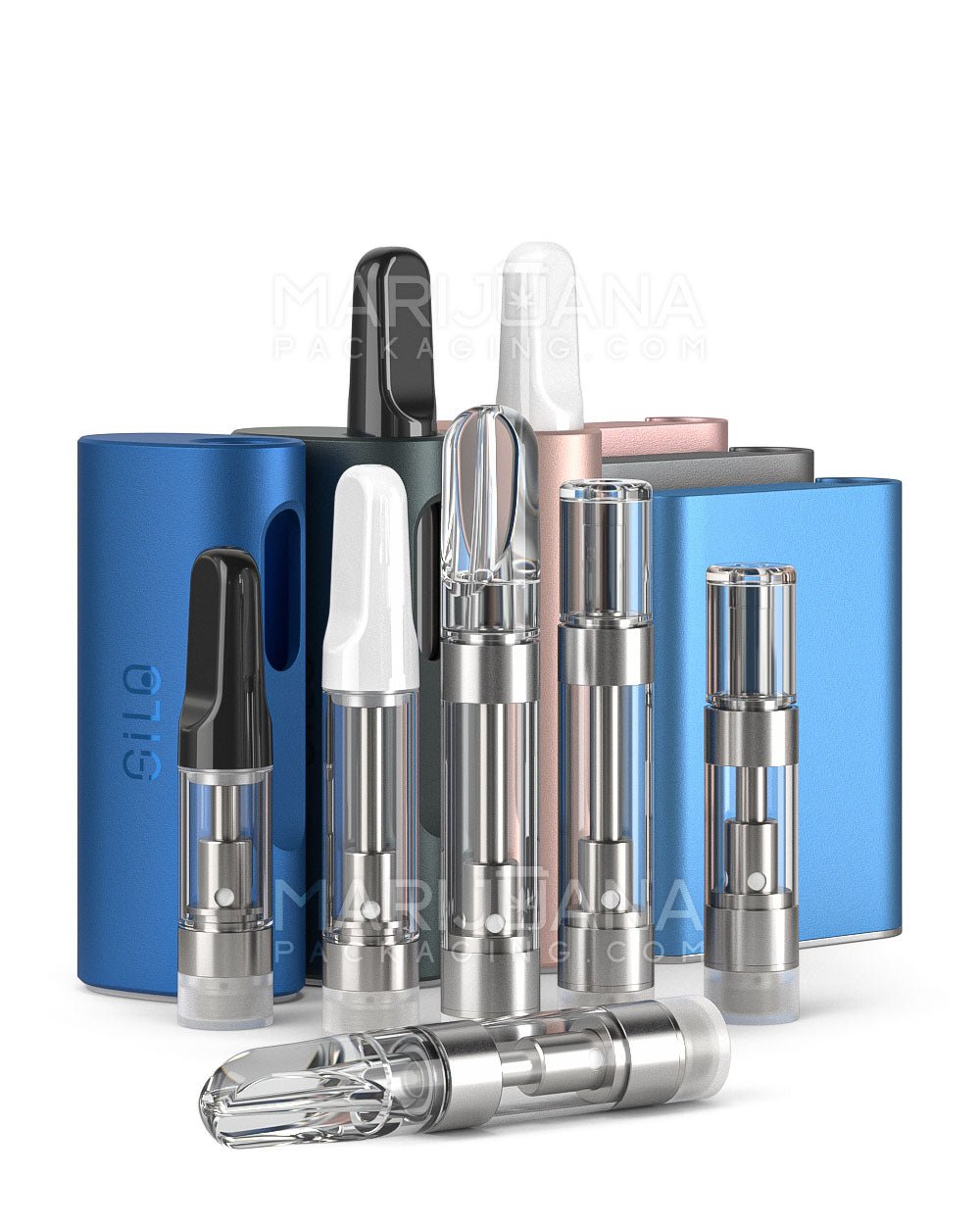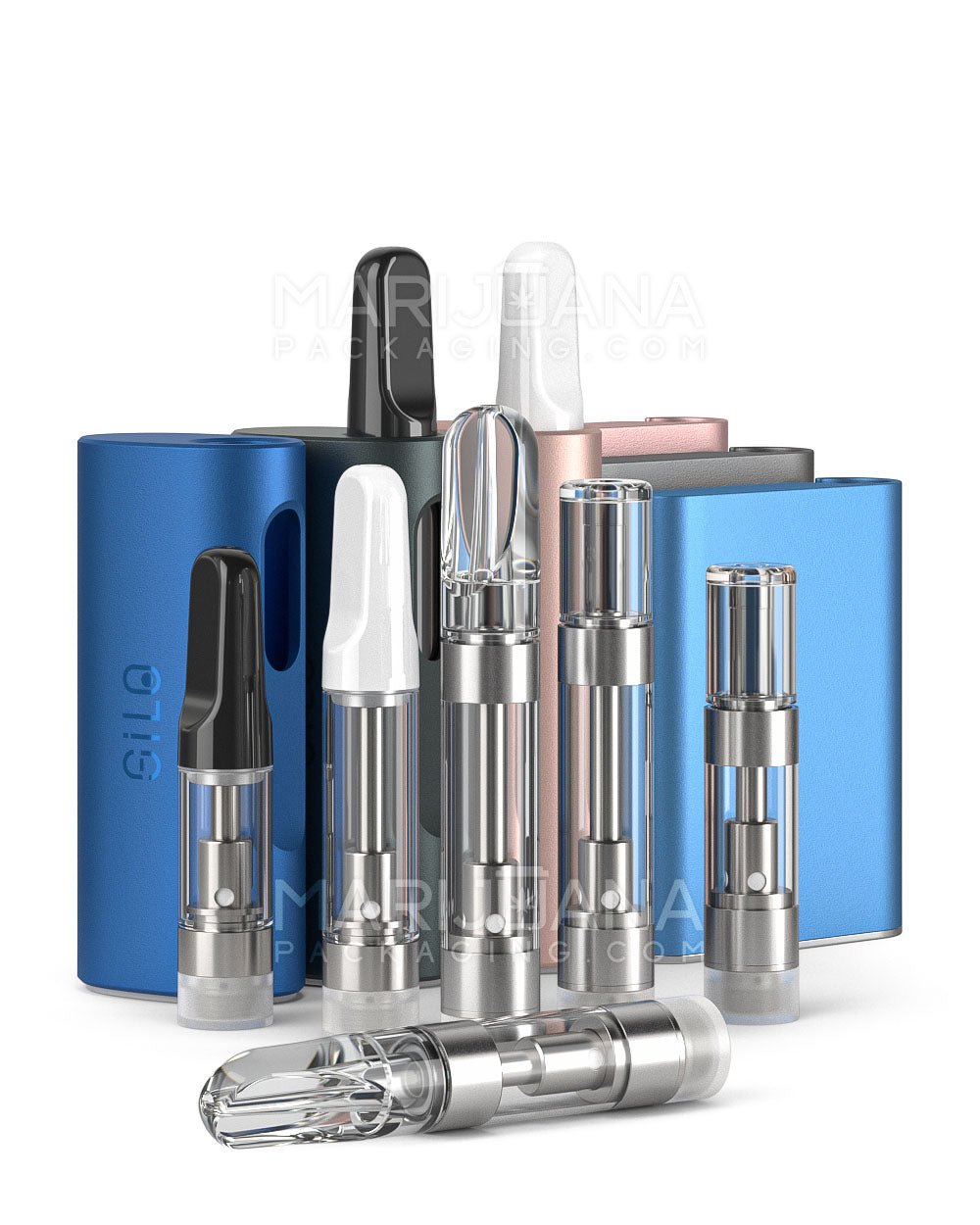Growing marijuana for dispensaries is like nurturing a garden of opportunities. Whether you’re a seasoned grower or just dipping your toes into this rewarding endeavor, there’s a lot to consider when aiming to supply top-quality cannabis to dispensaries. Let’s take a deep dive into what it takes to get started.
In this article, we’ll cover everything from choosing the right strains to understanding legal requirements, and how to set up your grow space efficiently. By the end, you’ll have a good grasp of the steps needed to start growing weed for dispensaries successfully.
Choosing the Right Strains
The journey begins with selecting the right strains. If you’re planning to supply dispensaries, it’s essential to think about what’s in demand. Dispensaries often seek strains that offer unique effects, flavors, and aromas. This means doing a bit of market research.
Start by visiting local dispensaries or browsing their online menus. Notice which strains are frequently featured. Are there popular indicas, sativas, or hybrids? Pay attention to customer reviews and feedback as well. This will give you a sense of what’s trending and what might be missing from the market.
Once you have an idea of what’s sought after, consider the growing requirements of these strains. Some strains might be easier to cultivate, while others could require more attention and specific conditions. Balancing what’s popular with what you can realistically grow is key.
Lastly, don’t forget to consider the personal touch. If there’s a strain you love and believe in, that passion can translate into exceptional quality, which dispensaries will appreciate. After all, a little bit of enthusiasm goes a long way in this business.
Understanding Legal Requirements
Navigating the legal landscape is a crucial step. Cannabis laws vary not just from state to state but sometimes even from county to county. Before you plant your first seed, make sure you’re well-versed in the local regulations.
First, confirm that it’s legal to grow cannabis in your area. Some states, like California, have legalized cultivation for both personal and commercial use, while others have more restrictions. You’ll need to apply for the necessary licenses to grow and sell marijuana to dispensaries.
Each state has its own licensing process. Typically, this involves submitting an application, undergoing background checks, and sometimes even providing a detailed business plan and security measures for your grow operation. It can be a lengthy process, so patience is essential.
Additionally, there are often rules about where you can set up your grow operation. Zoning laws may restrict growing to certain areas, so check with your local government to ensure compliance. Staying on the right side of the law not only keeps you out of trouble but also builds credibility with dispensaries.
Setting Up Your Grow Space
Creating the perfect environment for your plants is vital. Cannabis plants require specific conditions to thrive, and a well-planned grow space can make all the difference.
First, decide whether you’ll grow indoors or outdoors. Indoor growing gives you more control over the environment, while outdoor growing can be more cost-effective. Many commercial growers opt for indoor spaces to ensure year-round cultivation and consistency in quality.
For indoor grows, you’ll need to set up lighting, ventilation, and climate control systems. LED lights are popular due to their energy efficiency and ability to mimic natural sunlight. Good ventilation is crucial to control humidity and prevent mold, while climate control ensures your plants get the right temperature and CO2 levels.
When it comes to soil, hydroponics, or aeroponics, each method has its benefits. Soil is more forgiving and requires less initial investment, while hydroponics and aeroponics can result in faster growth and bigger yields. Choose a method that aligns with your experience level and budget.
Mastering the Art of Cultivation
Once your grow space is ready, it’s time to focus on cultivation itself. The art of growing cannabis involves a mix of science and intuition.
Start with germinating your seeds properly. A simple method is to place seeds between damp paper towels and wait for them to sprout. Once they have a root, transfer them to your chosen growing medium.
During the vegetative stage, your plants will need plenty of light and nutrients. This stage is all about growth, so ensure you’re providing the right balance of nitrogen, phosphorus, and potassium. Regularly check pH levels to keep your plants in optimal health.
As your plants transition to the flowering stage, adjust your light cycle to 12 hours on and 12 hours off. This mimics the natural change in light as summer turns to autumn. It’s also time to switch to nutrients that support bud development.
Keep an eye out for pests and diseases. Regular inspections and maintaining a clean grow space can help prevent infestations. Organic pesticides and beneficial insects are good options if you encounter any unwanted visitors.
Harvesting and Processing
Harvest time is the moment every grower looks forward to. Knowing when to harvest is crucial for maximizing potency and flavor.
Look at the trichomes on your buds—they should be milky white or amber, indicating peak THC levels. Using a magnifying glass or microscope can help you get a closer look. Timing is everything, so don’t rush this stage.
Once harvested, your cannabis needs to be dried and cured. Hang your buds upside down in a dark, well-ventilated space. This process usually takes about a week, but checking the moisture level regularly is important.
Curing involves placing the dried buds in airtight jars, opening them daily to release moisture. This step can take several weeks but is essential for enhancing flavor and smoothness.
Packaging Your Product
Now that you have your final product, packaging becomes the next focus. Proper packaging preserves quality and attracts attention at dispensaries.
Consider materials that maintain freshness, such as glass jars or high-quality plastic containers. Packaging should also be child-resistant and meet local labeling requirements, which often include information on THC content and safety warnings.
Branding is another aspect to consider. Your packaging should reflect your brand’s identity and stand out on dispensary shelves. Creative design and thoughtful marketing can make your product more appealing to potential buyers.
Investing in sustainable packaging can also set you apart. Many consumers appreciate eco-friendly options, and this can boost your reputation and customer loyalty.
Building Relationships with Dispensaries
Once your product is ready, the next step is building relationships with dispensaries. This requires a mix of networking, negotiation, and persistence.
Start by visiting dispensaries and introducing yourself. Bring samples of your product and a professional portfolio that showcases your strains and cultivation methods. Be prepared to discuss what makes your product unique.
Building trust is crucial. Dispensaries want to know they’re getting a reliable supply of quality cannabis. Being transparent about your growing practices and having all your legal paperwork in order goes a long way.
Don’t be discouraged if you face initial rejections. Use feedback to improve and refine your approach. Building a reputation takes time, but persistence can lead to fruitful partnerships.
Keeping Up with Industry Trends
Staying informed about industry trends is important in maintaining your edge. The cannabis industry is evolving rapidly, and keeping up with changes can help you adapt and grow.
Follow industry news, attend conferences, and network with other growers and dispensary owners. This will keep you informed about new strains, cultivation techniques, and consumer preferences.
Consider diversifying your product line to include edibles, concentrates, or topicals. Offering a variety of products can attract more dispensaries and broaden your market reach.
Finally, always be open to learning. The more knowledge you gain, the better equipped you’ll be to navigate the challenges and opportunities in the cannabis industry.
Final Thoughts
Starting to grow weed for dispensaries involves careful planning, dedication, and a willingness to learn. From selecting the right strains to building relationships with dispensaries, each step offers its own set of challenges and rewards. With patience and persistence, you can carve out a successful niche in the cannabis industry.
If you're looking to make your brand stand out, Gamut offers a full spectrum of packaging solutions tailored to your needs. With over a decade of experience, Gamut helps you design, develop, and deliver packaging that not only meets legal standards but also elevates your brand's presence in the market. Whether you need custom designs or industry-specific solutions, Gamut's full-scale packaging services run the gamut to make your brand unforgettable.











